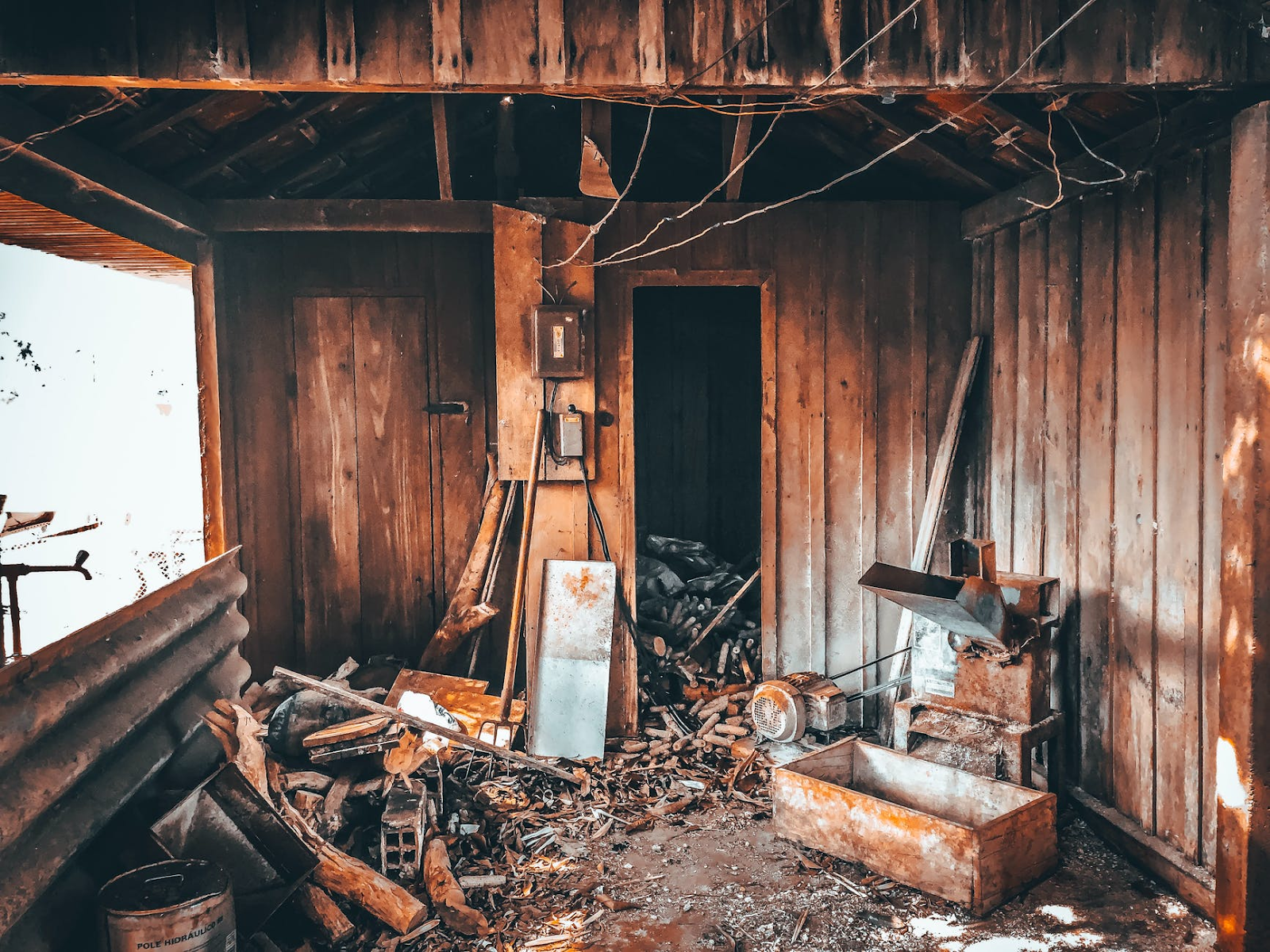How to Protect Your Home from Spring Flooding
RH Business Marketing Solutions
Spring is nearly here, and it’s time to put away our winter jackets. But it’s also time to inspect our homes for any plumbing issues or cracks in the foundation.
In the next few months, we’ll see frequent storms and heavy rainfalls. Anyone who’s dealt with a flood before knows how time-consuming, expensive, and stressful it is.
Homes that have had leaks in the past are more likely to leak again in the future. It’s important to protect your home from potential water damage. We’ve put together these tips that can fortify your house against floods:
The Dangers of Flooding
If your home floods, what’s the worst that could happen?
Quite a lot, actually. You could be dealing with any of the following issues:
Water damage
The structure of your home can be weakened by water exposure. Floors aren’t built to withstand floods; any hardwoods will warp and may be unrepairable. The same is true of laminate flooring.
Mold growth
Finding mold is unnerving for any homeowner; it is very unhealthy to live with. It grows rapidly in humid areas like shower curtains, beneath the sink, and—most importantly—flooded basements.
Destroyed furniture
Some fabrics and most wooden pieces can’t hold up to water damage. A flood can ruin furniture that’s difficult and expensive to replace. If you’re worried about spring flooding, avoid installing carpeting in a basement or using it for storing antique furniture.
There’s no question that a flood will create major issues for your home. How can you prevent one?
Repair Cracks
If your coffee thermos has ever leaked, then you know how quickly liquid finds its way in and out of cracks. Imagine what will happen if water pools up around your home near a gap in the foundation—it won’t be long before there’s an indoor puddle.
Cracks are frequently found in broken roofing materials, worn down skylights, and/or chipped stucco. Identify and fill any cracks before the rain starts pouring.
Inspect the Plumbing
You can install a few preventative valves and pumps that stop leaks from happening. If your home lacks these systems, a flood becomes much more likely. Ask your local plumber about the following:
Sump pump
Located in the basement, a sump pump redirects water away from the foundation of your home. It kicks on as soon as the water in the pit reaches a certain level.
Here’s another tip: get a backup battery for your sump pump. During a major storm, the power might go out, rendering the system entirely useless.
If you already have a sump pump, it’s a good idea to get it inspected before spring arrives. A professional plumber can clear away debris and repair any issues.
Backwater valve
Sewer backups can turn a beautiful home into an unsanitary health hazard. Backwater valves (or backflow valves) prevent sewage waste from entering your home. Sometimes, your main sewer line can’t keep up. That’s when the backwater valve kicks in. Since it only allows water to move in one direction, it prevents sewage from seeping into your home.
Schedule drain cleaning services
Have your sinks been draining slowly? A clogged drain mixed with heavy rainfall is a recipe for a flood.
Over time, your home’s sewer line gets obstructed by grease, hair, and more. If you lose a piece of jewelry in the drain, that can also cause a backup. A slow drain might not seem like a major issue, but it can lead to an indoor flood.
If sewage leaks into your home, it can be dangerous. You could be exposed to viruses like E. coli or hepatitis A. When you notice signs of a clogged drain, call a plumber ASAP.
Invest in Flood Insurance
Did you know that most standard home insurance policies don’t provide coverage for floods?
The only thing worse than a flooded basement is finding out that the damages won’t be covered.
Call your insurance provider and ask about flood protection. You might be covered for one type of water damage (a severe rainstorm), but not another (a sewer backup). You may need to increase the cost of your plan, but it will be worth it if you’re worried about floods.
Check the Eavestroughs
The gutters or downspouts on your home redirect water away from its foundation. But if they are clogged or misaligned, they can’t do this job effectively. This can result in water pooling up near the edges of your home, damaging the siding and foundation. Call a professional to clear the eavestroughs, since this can be dangerous to do on your own.
Store Belongings in Plastic Containers
If your home floods, it often happens in the basement. Unfortunately, this is also where most of your utilities are housed, like your HVAC system or boiler. Water damage can lead to common boiler problems. In other words: expensive repairs.
You can’t lift these machines off the ground, but you can take measures to protect your other belongings. Store anything that you can in plastic containers. If the basement floods, most of your items will then be protected by waterproof storage bins.
The warmer weather is finally upon us, and that means one thing: the snow is melting, and the rain is coming! Before it’s too late, make sure that your home is protected against spring flooding.
Guest Contributor: Christie Simon














